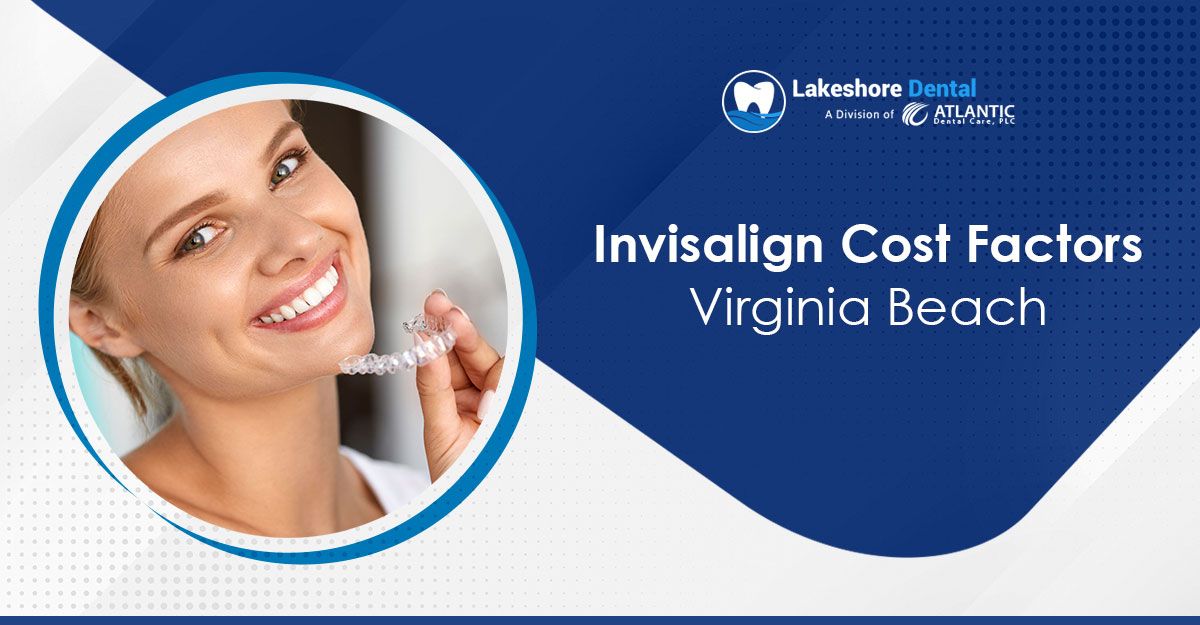Introduction
Are you considering getting Invisalign to straighten your teeth? While Invisalign offers a more discreet and convenient alternative to traditional braces, it’s important to understand the financial implications before making a decision. In this blog post, we will explore the real cost of Invisalign and what you can expect financially throughout the treatment process.
Understanding Invisalign
Invisalign is a popular orthodontic treatment that offers an alternative to traditional metal braces. It uses a series of clear, removable aligners to gradually straighten teeth. Invisalign is known for its discreet appearance and comfortable fit, making it a preferred choice for many individuals seeking orthodontic treatment.
The Benefits of Invisalign
Before diving into the financial aspect, it’s important to understand the benefits of Invisalign. Unlike traditional braces, Invisalign aligners are virtually invisible, allowing you to maintain your confidence throughout the treatment process. Additionally, the aligners are removable, making it easier to eat, brush, and floss compared to traditional braces.
Factors Affecting the Cost
The cost of Invisalign can vary depending on several factors:
1. Complexity of the Case
The complexity of your orthodontic case plays a significant role in determining the cost of Invisalign. If you have severe misalignment or bite issues, your treatment may require more aligners and additional time, resulting in a higher cost.
2. Geographic Location
The cost of Invisalign can also vary based on your geographic location. Orthodontic treatment tends to be more expensive in urban areas compared to rural areas. It’s essential to research and compare prices from different orthodontists in your area to find the best option for your budget.
3. Orthodontist’s Experience
The experience and reputation of the orthodontist can impact the cost of Invisalign. Highly experienced orthodontists may charge more for their services due to their expertise and track record of successful treatments. However, it’s important to find a balance between cost and quality when choosing an orthodontist.
4. Insurance Coverage
Insurance coverage for Invisalign varies depending on your insurance provider and policy. Some dental insurance plans may cover a portion of the treatment cost, while others may not cover it at all. It’s crucial to contact your insurance provider to understand the extent of your coverage and any out-of-pocket expenses you may incur.
Summary
Getting Invisalign can be a significant investment, but it’s important to remember that the cost will vary depending on various factors such as the complexity of your case, the duration of the treatment, and the location of your orthodontist. On average, the cost of Invisalign ranges from $3,000 to $8,000. However, it’s crucial to consider additional expenses such as initial consultations, X-rays, retainers, and potential refinements.
Insurance coverage for Invisalign also varies, with some dental insurance plans offering partial coverage while others may not cover it at all. It’s advisable to check with your insurance provider to understand the extent of coverage you may receive.
Financing options are available to help make Invisalign more affordable. Many orthodontic practices offer flexible payment plans, allowing you to spread out the cost over several months. Additionally, some providers offer financing through third-party companies that specialize in medical and dental expenses.
It’s important to weigh the financial aspects of Invisalign against the potential benefits it can provide. Invisalign offers a more discreet and comfortable orthodontic treatment option, and it can improve your oral health and boost your confidence. Consider consulting with an orthodontist to get a personalized cost estimate and discuss t he payment options available to you.

- Q: How much does Invisalign treatment cost?
- A: The cost of Invisalign treatment varies depending on several factors, such as the complexity of your case and the duration of treatment. On average, the cost ranges from $3,000 to $8,000.
- Q: Does insurance cover Invisalign?
- A: Some dental insurance plans may cover a portion of the cost of Invisalign treatment. It is recommended to check with your insurance provider to determine the extent of coverage.
- Q: Are there any financing options available?
- A: Yes, many orthodontic offices offer financing options to make Invisalign treatment more affordable. These options may include monthly payment plans or third-party financing companies.
- Q: Can I use my flexible spending account (FSA) or health savings account (HSA) to pay for Invisalign?
- A: In most cases, yes. Invisalign treatment is typically considered an eligible expense for both FSAs and HSAs. However, it is advisable to consult with your plan administrator to confirm.
- Q: Are there any additional costs involved?
- A: Additional costs may include initial consultations, X-rays, and retainers. It is important to discuss these potential costs with your orthodontist during the evaluation process.
- Q: How long does Invisalign treatment usually last?
- A: The duration of Invisalign treatment varies depending on the individual case. On average, treatment can take anywhere from 6 to 18 months.
- Q: Are there any hidden fees or charges?
- A: It is always recommended to ask your orthodontist about any potential hidden fees or charges before starting Invisalign treatment. Transparency in pricing is crucial for a positive experience.

Welcome to my website! My name is Dr. Andrew Prinsep, and I am thrilled to share my passion for aesthetic dentistry, Invisalign and braces, dental checkups, and oral cancer screenings with you.
As a professional dental assistant, I have dedicated my career to helping patients achieve their dream smiles and maintain optimal oral health.

